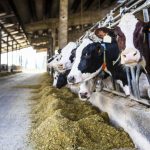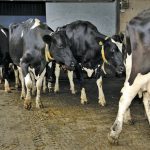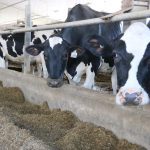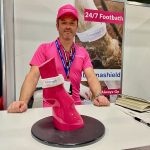Dairy

Canada expands bird flu surveillance in dairy cattle
Government issues requirements for testing bird flu in dairy cattle and milk

Dry hay can help with dairy transition
Research finds hay can help in some conditions where cows already have acidosis or inflammation

Dairy producers watch for signs of HPAI in cows
‘We are still learning,’ says southwestern Ontario vet

Why dairy and not beef?
Several factors favour bovine influenza A detection on dairy versus beef farms

Domestic birds host for bovine influenza A virus
Epidemiologist says there is “still lots” to investigate about how virus jumped from from birds to dairy cattle

AUDIO: New thinking on health of transition cows
There’s now more concern about fresh cow blood calcium levels after day four post-calving

VIDEO: Calves for a Cause draws crowds, top genetics
Funds go to the London Children’s Hospital

New leg band helps manage dairy foot disease
The band slowly releases copper ions, providing an alternative to foot baths

Dairy management changes may offer answers to butterfat equation
With feed additive, analyze the numbers to see if it pays

Carrier status for two dairy defects available soon
Lactanet will publish evaluations for defects affecting Holstein and Brown Swiss
